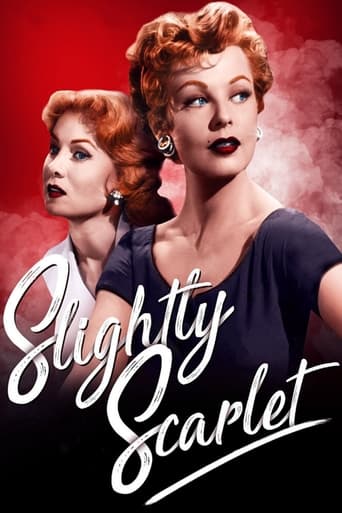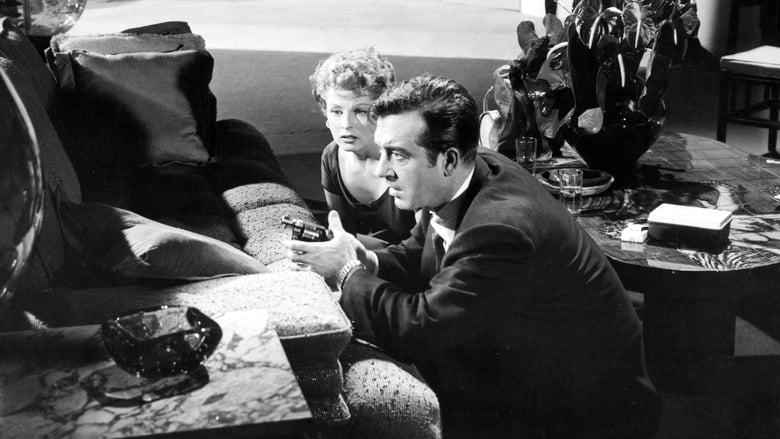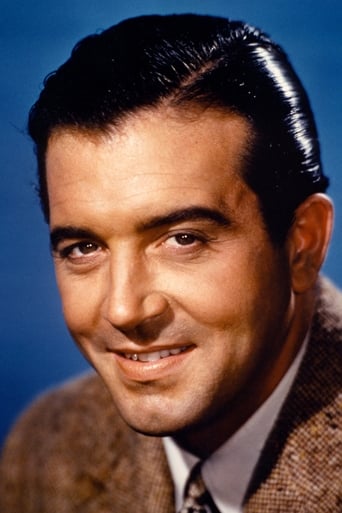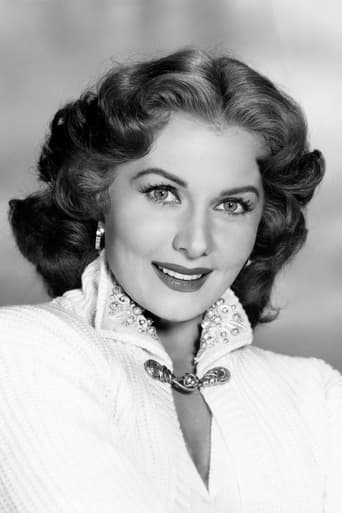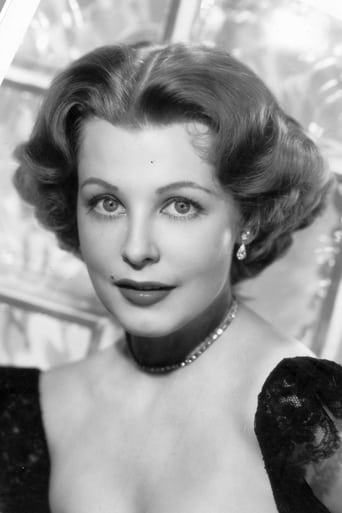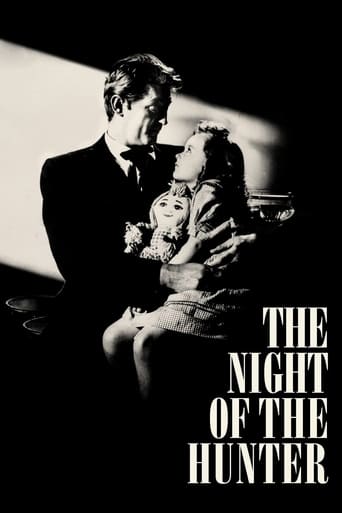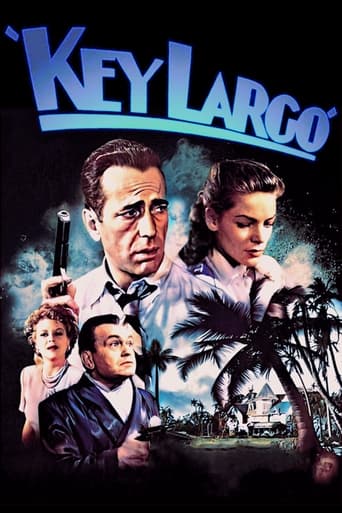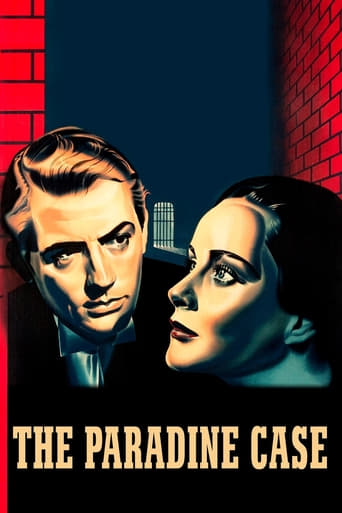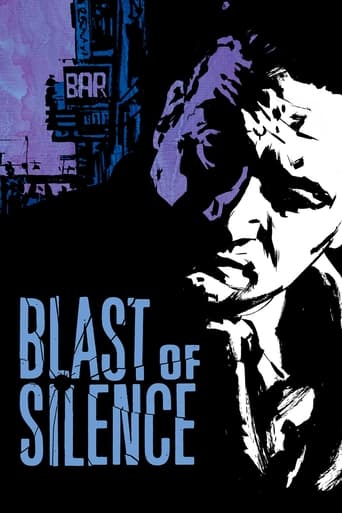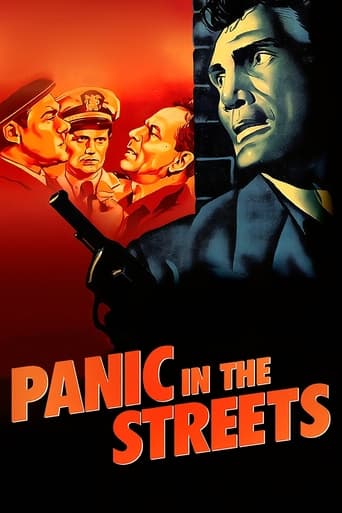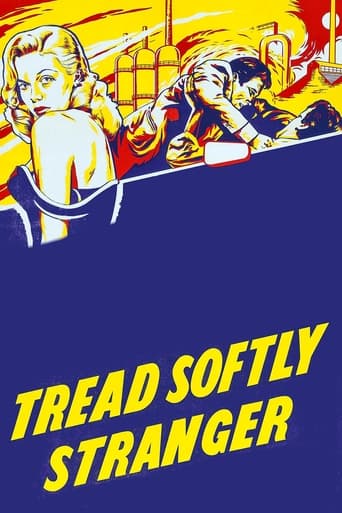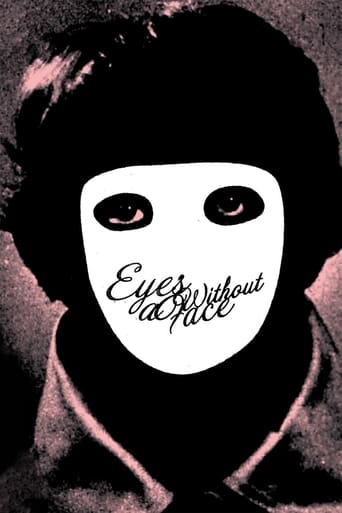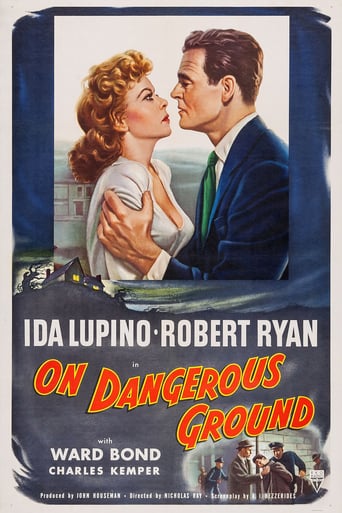Slightly Scarlet (1956)
Kleptomaniac Dorothy Lyons is paroled from prison into the custody of her sister June, secretary to "reform" politician Frank Jansen. Ben Grace, associate of crime boss Sol "Solly" Caspar, sees this as a way to smear Jansen's campaign. Seductive Dorothy will do anything to get what she wants, which includes having a good time with Ben-- whom June is now in love with.
Watch Trailer
Cast
Similar titles
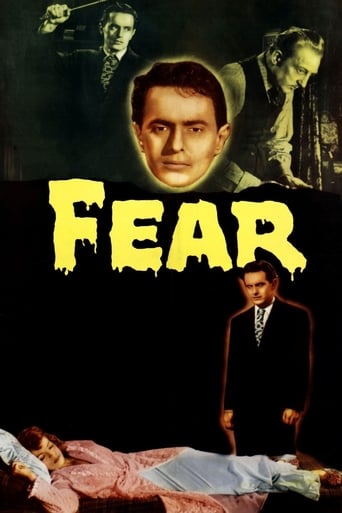
Reviews
the audience applauded
Save your money for something good and enjoyable
Great Film overall
what a terribly boring film. I'm sorry but this is absolutely not deserving of best picture and will be forgotten quickly. Entertaining and engaging cinema? No. Nothing performances with flat faces and mistaking silence for subtlety.
Slightly Scarlet is directed by Allan Dwan and adapted to screenplay by Robert Blees from the novel Love's Lovely Counterfeit written by James M. Cain. It stars John Payne, Rhonda Fleming, Arlene Dahl, Kent Taylor and Ted de Corsa. A Technicolor/SuperScope production, music is scored by Louis Forbes and cinematography by John Alton. June Lyons (Fleming) is "secretary" to anti-crime campaigner Frank Jansen (Taylor), so with Jansen in the running for mayor, mob boss Solly Caspar (Corsa) looks for a way to smear Jansen. The chance arises by way of June's sister, Dorothy (Dahl), a Kleptomaniac just released from prison. So Caspar puts his main man on the case, Ben Grace (Payne), but bossing Grace around and then putting him in the middle of two fire- cracker sisters could prove detrimental to all. The story is altered from Cain's source and in truth what reads like a tricky plot, actually isn't all that it can be. Yet it's a feverish Technicolor noir, proof positive that in the right photographic/director hands, noir can thrive away from the monochrome. It plays out its tale in a whirl of simmering passions and wonderfully lurid suggestions, sparkled by eye scorching photography and a deliriously devilish production design. Psychological smarts are in the mix, with no easy answers put forward to character's outcomes, while in true noir fashion all principal characters are hard to like or are intriguingly flawed. John Alton is the key hand here, he brings rich colours to the fore whilst ensuring that light and shadow techniques are not compromised. Macho conversations are spun out in darkened rooms, the colour black prominent, foreboding like, while the home of the two flame haired sisters is adorned with purposely garish blues, reds, oranges and greens. Clothes are important to the sexuality pulsing in the piece. The girls dressed up in a number of fetching (colourful obviously) ensembles, with wide V necked sweaters, figure hugging skirts, bullet bras, leopard skin bikini and see-thru nighties! While a couple of phallic symbols form part of the art design just in case you need reminding that sex is a big issue here. Suggestive scenes are within, usually involving Dorothy who mixes Kleptomania with an obvious kink for Nymphomania. Watch how she strokes a pillow in the background as her sister engages Ben in heated conversation, how she looks as she holds a Harpoon Spear Gun in her hands (in that leopard skin bikini), or a quite delicious sequence on a couch, legs akimbo and a back scratcher used to tantalising effect. Wow! It has flaws for sure, mind. The Kleptomania/Nymphomania angle is not fully explored (ineviatbly for the period), Corsa barely convinces as the head villain, Forbes is not sure how to score it! And there are missed opportunities unbound as regards triangles involving Ben, June and Frank and also Ben, June and Dorothy. But this is still a delightful Technicolor noir, lush, lurid and deftly sordid. 8/10
A crime boss gets mixed up with two red-headed sisters, one of whom steals for thrills.Here B-movie material is given A-movie treatment in typical 50's style. Check out the candy-box colors, lavish interiors, and abundant sexual posturing that typify Hollywood's war on TV. Overall, the results can be called noir, but those results are a long way from the dour look of the classic 1940's.It's still a pretty good flick. Payne makes an interestingly ambiguous lead, while Dahl gets to practice wanton sexuality from about every camera angle, leaving the lovely Fleming in the less flamboyant role of the sensible sister. Sorting out this odd triangle makes up the story's main thread. But there's also the plot's criminal angle where Ben (Payne) takes over Solly's (de Corsia) big operation, and we wonder whether we should be rooting for a crime boss who also corrupts the cops. The story gets pretty complicated at times, while Ben's motives are sometimes pretty murky. To me, what really holds the movie together is June's (Fleming) genuine concern for her wacko sister's (Dahl) well-being. The two actresses really work that angle effectively.The ending, however, borrows heavily from a similar ploy used in Kiss of Death (1947) and unfortunately is no more persuasive. Just how a guy can survive multiple gunshots at point blank range remains more than just a stretch. Here it's not clear, but judging from June's actions, Ben survives.All in all, it's an interesting production, especially for viewers concerned with the trajectory of film noir in the TV challenged 1950's.(In passing—I can't help noticing that the fine supporting actor Frank Gerstle {Chief Dietz} is left off the movie's credit list even though he has much more dialog and screen time than Buddy Baer {hoodlum} who is credited. That's probably because Baer's brother was heavyweight boxing champion, while Gerstle is merely one of those grunts who carry the movies on their back.)
Noir is by definition loopy; dead protagonists narrating from inside a pool, or showing up in a police station to report their own murder, the genre usually tangles its narratives in the steaming bedsheets of an emotional hotbed. We just writhe with them. In the best noirs, we writhe with them in the effort to disentangle ourselves from the cosmic strings that pull us.This is seriously loopy stuff, albeit awkwardly incompetent compared to the searing visions of Sunset Blvd. There is a protagonist who starts out a henchman of the evil kingpin, redeems himself, only to assume his place. Eventually he runs off like a scoundrel - he just isn't carrying this in any way.There is the convoluted plot about scheming and political intrigue in sunny California. Greed and ambition, the tropes. It's a far-fetched, dimestore thing, the kind of which James Ellroy would later simply obliterate as perversely glamorous background against senseless violence.Two things that strike some spark, one is the the two flaming redheads, sisters looking through sex for an entry into the world of money and standing. One is a kleptomaniac fresh out of prison, who wants to steal the other's man. They both sizzle in skimpy shorts and revealing dresses, sultry and dangerous like cutouts from the pages of a pinup comic.And there is the architecture that upends everything and nullifies it. Two houses, impossibly large and drowned in extravagant decoration. One of them is kept by a secretary, a really curious place to be sustained at a secretary's salary. But it's precisely this that is the movie's token, the candy-colored movie fantasy where everything is so simplistically possible and the small nuance of life is sacrificed for the sake of blistering outbursts. The wild colors, curtesy of famous DP John Alton, abet the artificial passions and overwrought cruelties.
First, let's be straight: this is a deliriously entertaining, venal and vampy exercise in melodrama. It's a ridiculous movie with a nonsensical script, awesome crazy quilt radioactive light bright technicolor and at times laughably non-motivated behavior. But it's also a tongue-in-cheek anti-noir mini masterpiece crammed with over dramatized scene chewing and pleasingly unintentional laughs. The set designs feature some of the biggest house interiors ever (how does Rhonda Fleming afford that mansion on her secretarial salary??) Arlene Dahl is a deliciously cheesy home run as the sex object du jour and gives Martha "The Big Sleep" Vickers a run for her money in the slutty and criminally irredeemable little sister department. Everyone is working some angle here (particularly John Payne), which is both intriguing and finally just dizzying. Fleming, Dahl, Payne and Kent Taylor take a love triangle and turn it into a quadralateral with little trouble. This isn't the calculated and sleek Double Indemnity James M. Cain, but it sure has the smoulder and desperation of The Postman Always Ring Twice JMC.There's a political campaign thrown in and a big gangster (huffy and puffy Ted De Corsia) subplot for good measure, but this is ultimately a celebration of the campiest aspects of melodrama and what a party they throw! Definitely a date movie and highly entertaining for all the right reasons. If you can see it in the theatre, you may go blind from the glowingly phosphorescent crimson hues. "Slightly" Scarlet my ass!
